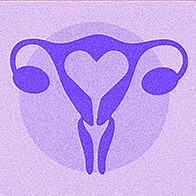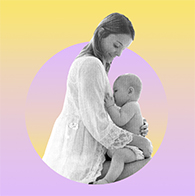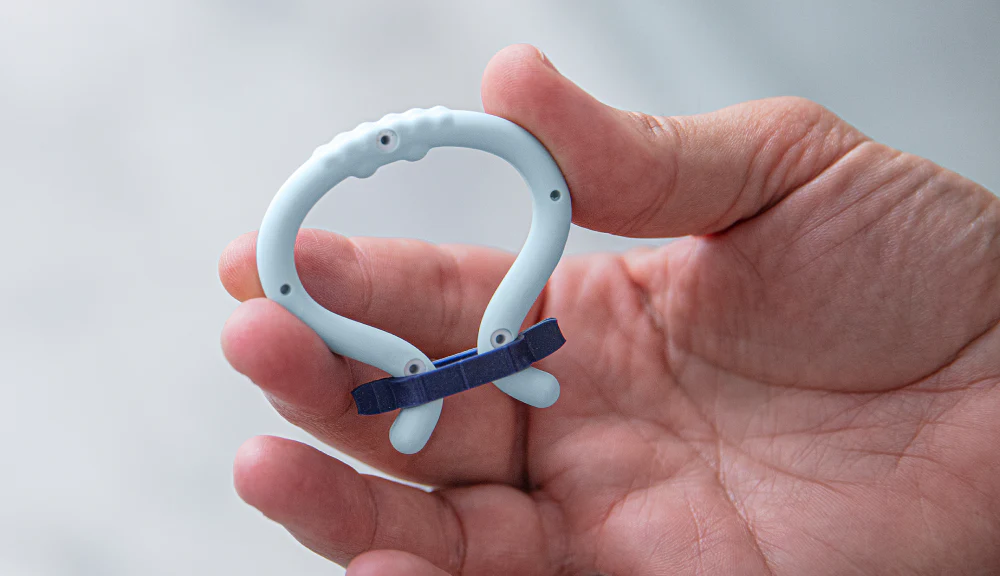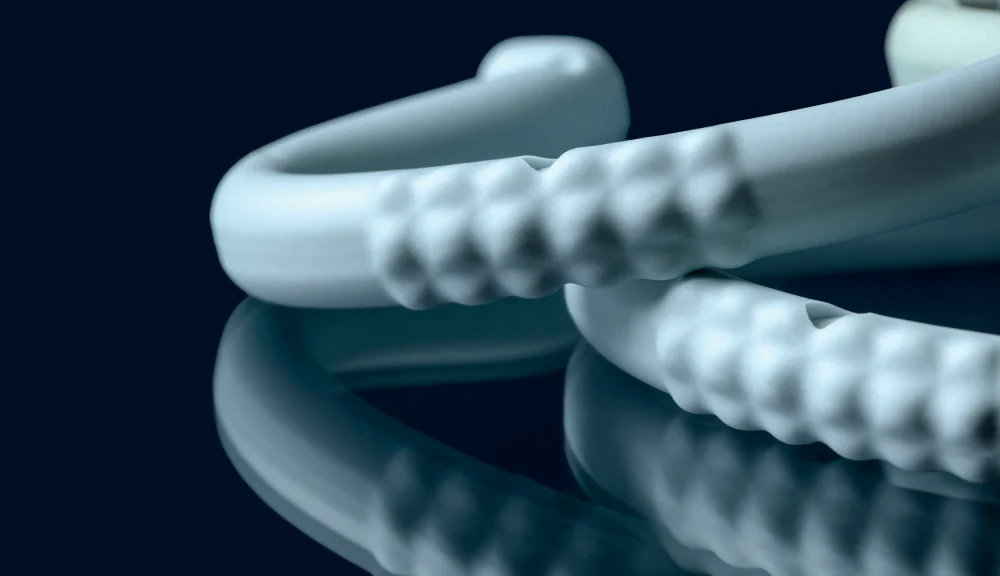What Do Women Need to Know About Heart Disease?

People can be affected in innumerable ways by heart disease, which is a comprehensive term for afflictions of the heart. These problems can be caused by biological and environmental factors.
The commonality among heart conditions is that they have adverse impacts on the heart's ability to pump normally. These impacts include rhythm abnormalities, structural defects and blockages that prevent cardiac homeostasis, among others.
For too long, heart disease was thought of as a "man's condition," but professionals now recognize the substantial population of women living with heart disease.
"Sadly, most women don't know that heart disease is the leading cause of death in women. It beats breast cancer and all other cancers, and yet so many women think that they're much safer from heart disease than men," said Steven Gundry, M.D., a cardiothoracic surgeon turned author and podcast host in California, and the founder and director of the International Heart and Lung Institute as well as the Center for Restorative Medicine.
Both genders have overlapping symptomology, but women experience some symptoms unique to them. Women don't often show signs of heart disease other than blockages of the coronary arteries, according to Gundry.
Being able to recognize and address these issues is vital to a woman's health, and not just for cardiovascular reasons. Heart disease affects other areas of the body, including the nervous, respiratory, digestive and reproductive systems.
Women's heart health
The differences between male and female heart health begin on a fundamental level. On average, women have smaller hearts and thinner blood vessels than men. This is problematic because smaller cardiovascular anatomy requires more effort to function and increases women's susceptibility to conditions such as obstructive and nonobstructive coronary artery disease (CAD).
Cholesterol-related plaque buildup in women tends to form in this microvasculature, whereas men typically experience clogs in the largest cardiac arteries. Since cardiac catheterization—the number one diagnostic tool for heart attacks—looks almost exclusively at the large arteries, many women have undiagnosed heart disease.
Heart disease is often "silent." The first warning sign is often a full-on heart attack. Other times, additional symptoms are present and indicative of a cardiac episode. Women are like men in that they experience chest pain or discomfort but are dissimilar because they have other red flags. Among them are sweating, fatigue, dizziness, and pain in the jaw, shoulders, neck and back.
Unlike men, who usually have discomfort in their left arm during a heart attack, women can have pain on either side.
Gundry said women's primary complaints are nausea and upset stomach, which they often chalk up to indigestion, decreasing their likelihood of seeking urgent care. In addition, Gundry said even when they do seek care, they may not always receive the same treatment as men presenting with those same complaints.
Symptoms aren't always congruent with the severity of the disease, either.
"Often, the discomfort from a severe blockage can be quite mild and not really a correlation with severity. Very often when it's that severe, it's not due to the heart," said Daniel L. Kulick, M.D., a board-certified cardiologist with Providence Mission Hospital in Mission Viejo, California.
Instead, the discomfort could be from a torn muscle or cartilage, he explained. He advised being more concerned with new chest discomfort, particularly when exercising or walking briskly, and not letting symptoms progress before seeing a doctor.
Heart disease treatment options and side effects
Treatment for heart disease ranges from medications to stents and surgery.
Medication
One option for treating heart disease is medication.
Examples include:
- Aspirin
- Angiotensin-converting enzyme (ACE) inhibitors
- Beta blockers
- Diuretics
Some medications are used to treat mild symptoms related to a blockage that isn't life-threatening or putting someone at imminent risk of a heart attack, Kulick said.
"That's where we use these medications, which can dilate the blood vessels a little bit, or decrease or restrict how hard the heart muscle is pumping so you can get a better balance with the degree of blockage," he explained.
Even though the medications are common, they do have side effects, which range from common to extraordinarily uncommon. Some heart medicines used for chest pain can cause dizziness, headache, fatigue and low blood pressure, to name a few side effects. The key regarding prescriptions is to weigh the pros and cons: What's worse? Heart disease or the treatment's side effects?
Stents
Among the most common interventions for advanced cases of heart disease is to insert a stent following an angioplasty, which is a procedure used to keep clogged cardiac blood vessels open. The stent acts as a structural frame within the arteries to stop them from narrowing again, promoting continuous blood flow.
However, Gundry asserted that the procedure is reserved for people whose blood vessels are more than 70 percent narrowed, which may seem like a surprising minimum amount to impact blood flow. On the positive side, recovery time for angioplasties is short, and patients can quickly resume regular activities.
Surgery
In the direst situations, patients may need bypass surgery or a heart transplant. Bypass surgery essentially creates a new circulatory pathway so blood can take a detour around the cardiac blockage(s). These pathways are constructed out of veins or arteries from other parts of the body.
Transplants are last-ditch efforts to save diseased or failing hearts during which the patient's heart is replaced with a healthy heart from a donor.
Bypasses and transplants are risky surgeries, though, with much longer recovery periods than other treatment methods.
Heart health and sexual health
Cardiovascular health has impacts on women's reproductive health. Both cardiovascular disease and its treatments modify blood circulation, which Kulick said potentially lowers the amount of blood that reaches sex organs.
This leads to complications such as anorgasmia (the inability to have an orgasm), lack of vaginal lubrication, reduced libido and pain during intercourse. The upside is that research indicates there are many cardio benefits from sex, such as strengthening the heart muscle and reducing the chances of future cardiac events.
The sexual side effects of heart disease aren't as common in women as they are in men, but Kulick did note psychological overlays.
"If a person has a stent or a small heart attack and survived [and is] afraid to engage in sexual relations, caused by psychological issues, that needs to be worked through," he said.
There is an increased chance of abstinence following surgical procedures and changes in physique, which may make women self-conscious and cause rifts in relationships, especially when they co-occur with depression and anxiety.
Lack of sex then becomes a double-edged sword, as mental health conditions may further contribute to heart disease.
Menopause's influence on heart health
Sex hormones and age are important factors for heart disease in women. The rate of heart disease incidence rises during menopause because of estrogen, a key sex hormone with a role in sexual and reproductive development. Estrogen is predominately used by the body to regulate the menstrual cycle, but it does more. It controls cholesterol levels and promotes blood vessel flexibility, and both play a significant role in plaque buildup, which can cause heart disease.
When a woman ceases to menstruate, estrogen production gradually declines and continues to do so even after menopause. This means women lose the protection the hormone provides against heart disease, which increases their chances of cardiac problems such as atherosclerosis, stroke and CAD.
Some studies indicate hormone replacement therapy (HRT) can protect the heart to some degree during and after menopause. On the other hand, HRT poses an elevated risk of blood clots, so women should work closely with a doctor to decide if HRT is a safe option for them.
Heart disease complications and related conditions
Given the heart's place in the overall health picture, protecting it against disease is imperative. Many predispositions—hypertension, smoking, obesity, diabetes and elevated cholesterol—affect both genders, but women tend to be more susceptible to developing heart disease from diabetes and emotional distress than their male counterparts.
For example, stress-induced cardiomyopathy, sometimes known as broken heart syndrome, occurs at much higher rates in women.
When heart disease isn't regulated or diagnosed, women suffer the consequences. Cardiac episodes such as heart attacks and strokes put a massive strain on the vital organ, even if symptoms aren't obvious. Chronic heart disease impairs the entire body by disrupting breathing, neurological functioning, digestion, sexual health and more.
It can even be deadly, such as in cardiac arrest and heart failure, so all women need to be diligent regarding heart disease prevention and treatment.




















